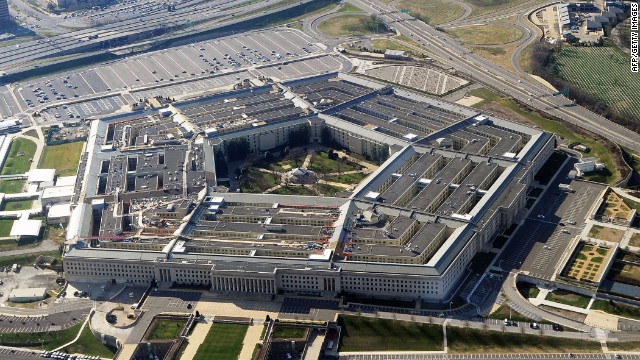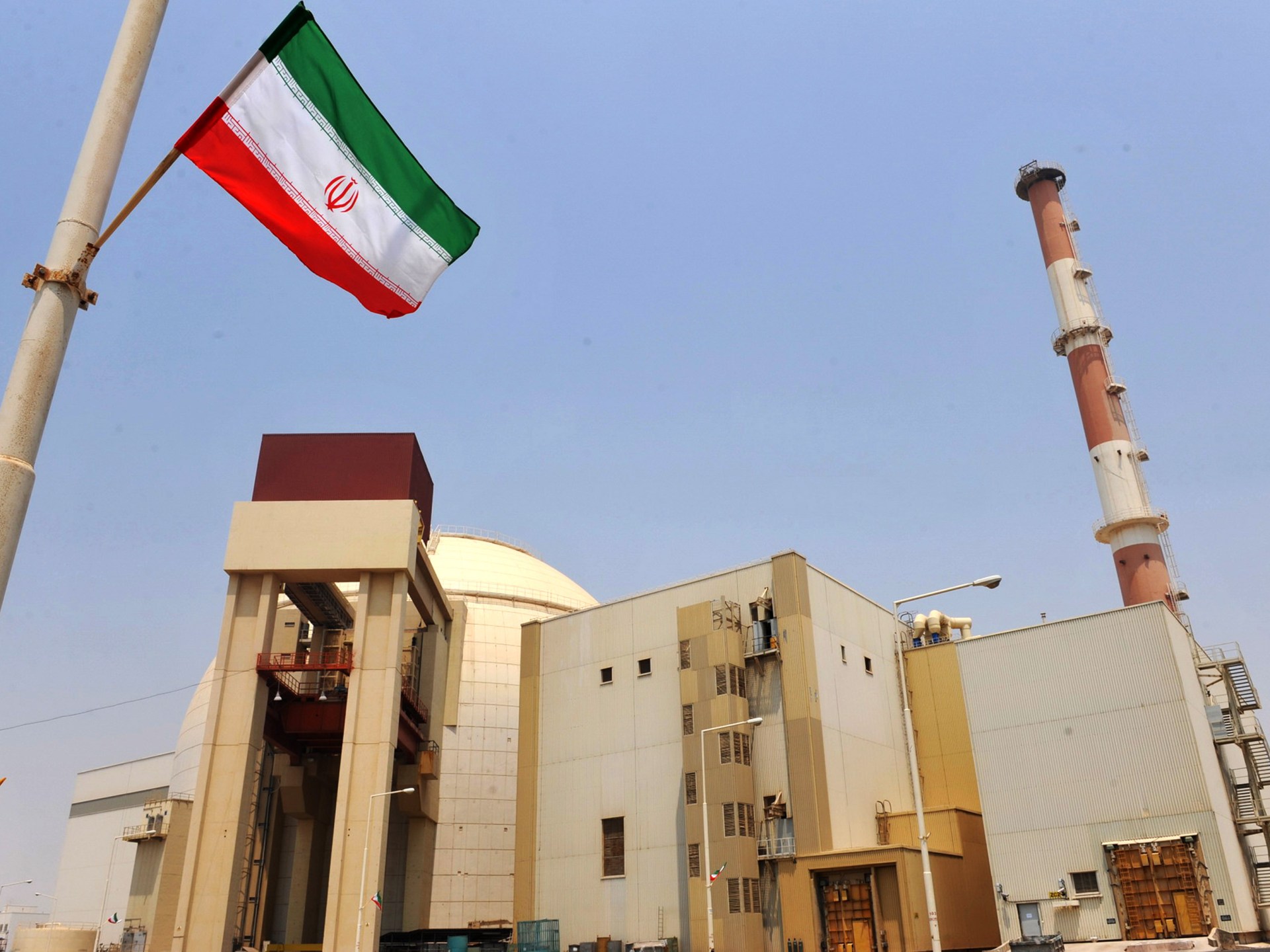(262) 07-23-2022-to-07-29-2022__****THE****WINDS****of****WAR****
(263) 07-30-2022-to-08-05-2022__****THE****WINDS****of****WAR****
(264) 08-06-2022-to-08-12-2022__****THE****WINDS****of****WAR****
 www.timebomb2000.com
www.timebomb2000.com
 www.timebomb2000.com
www.timebomb2000.com
 www.timebomb2000.com
www.timebomb2000.com
 www.timebomb2000.com
www.timebomb2000.com
 www.timebomb2000.com
www.timebomb2000.com
 www.timebomb2000.com
www.timebomb2000.com
-----------------------------------------
Hummm.....
OPINION>NATIONAL SECURITY
Nuclear deterrence: Actions speak louder than words
BY BROOKE TAYLOR, PH.D., AND PETER LAYTON, PH.D., OPINION CONTRIBUTORS - 08/12/22 7:00 PM ET
THE VIEWS EXPRESSED BY CONTRIBUTORS ARE THEIR OWN AND NOT THE VIEW OF THE HILL
Nuclear threats are back with, a hard-nosed, in-your-face rhetoric. The Cold War had crises, but it was primarily a bi-polar standoff. It is now known Russia and the United States similarly feared an existential war that neither wanted. On both sides, the costs involved were simply too unpalatable for leaders, most of whom had direct experience of major conflict during World War II.
Today is starkly different with proliferation of nuclear weapons to several more states such as North Korea, Pakistan, India and an aspirational atomic Iran to name a few. The leadership of many of these countries have an off-hand attitude to major conflicts and are seemingly unconcerned about the costs in blood and treasure involved. Indeed, some consider making nuclear threats as mere “politics by other means,” unheeding of the possible dire consequences of their rhetoric and suggesting nuclear warfighting as a viable, realistic option.
At the same time, there is an era of “great power proliferation” the West faces with Russia and now China. With Russia, the war in Ukraine pivots around nuclear weapons. The Russians likely would not have invaded Ukraine, a non-NATO country, had Ukraine kept its Soviet Era nuclear forces. Russia has not attempted to physically stop the flow of conventional weapons from NATO countries, presumably because NATO has nuclear weapons. Russia has succeeded in constraining the flow of conventional weapons to Ukraine by making regular nuclear threats.
On the other hand, Ukraine cannot attack Russia directly. Russian strategic doctrine deliberately highlights nuclear weapons first-use if hostile forces invade Russian territory. Russia now looks toward annexing the parts of Ukraine it has captured, so this doctrine also inherently applies to occupied territories. All of this is reinforced by the sheer irrationality of the Russian attack on Ukraine. Russian President Vladimir Putin and his leadership group do not appear to have the cost-benefit calculus of others, which suggests they may use nuclear weapons with the same scant consideration.
There are parallels in the Pacific where a rising China is turning bellicose while rapidly building up its nuclear triad. China tends to make threats, often verbally lashing out at neighboring countries to defer to China’s wishes, mainly over its desires to gain new territory. In grey zone actions across East Asian waters and deep into the South China Sea, China is shaping the strategic environment in its favor through incremental actions that are trending in an ever more dangerous direction. The extraordinarily intense reaction to U.S. House Speaker Nancy Pelosi’s (D-Calif.) Taiwan visit indicates that today’s China is imbued with its savage nationalism and could easily chose major war.
Against this, China has not fired a shot in anger since 1979. China’s leadership continually skirts close but stays below the international threshold of war. The leaders prefer predictability with the latest Taiwan crisis appearing pre-planned with its considerable detail and tight script. Apparently, China’s leaders consider others will self-deter as these nations do not want to fight a China convinced of its own military might.
The return of nuclear threats carries implications, three of which are readily apparent.
1) The notion that theories alone are enough to persuade potential adversaries is clearly foolish. Yet, this is how nuclear deterrence is presently referenced — not as a weapon system but as a messaging system that signals resolve. Like all theories these are simply ideas that may or may not be proven true in some future crisis. Nuclear deterrence, as messaging, should describe the weapon systems that can and would be used in response to any perceived or actual threat to the United States and our allies.
As the United States’ nuclear forces have aged, so has the messaging until it is now more of a debate or discussion of future nuclear force aspirations that tries to convince adversaries to maintain the peace. Continuing to accept this style of messaging as the foundational component of nuclear deterrence, when nuclear threats permeate the Ukraine conflict and with China set to repeat this in a possibly near-term Taiwan crisis, is dangerously ignoring reality.
2) It is time for nuclear deterrence to be discussed as an action and not an idea. The world is watching in real-time the deterioration of American nuclear deterrence strategy and policy that will have long-term impact absent of action. Words without action are empty, meaningless and void of power. In comparison, action matched with military ability and weapon systems capability can deter adversaries acting against our national interests. Why are the leaders of Russia, China and North Korea so enthusiastic about parading their weapons? They use a language that stresses projecting national strength and resolve through exhibiting military might, giant missiles, and new weapons.
It is time to use this language that they clearly understand to similarly highlight national power and modernize the triad, warheads, as well as the command, control and communications system while doubling down on public-private investments in nuclear labs and supporting infrastructure.
3) Nuclear deterrence does not hold the luxury to later watch back the tape post-game and gain lessons learned. The post-Cold War status quo was comforting but it no longer exists. Russia and China are building new nuclear forces that feature novel delivery systems, large numbers, ever more automated command and control, as well as unique employment doctrines. Simply returning to the “good, old” Cold War ways will not be enough in an age of tri-polarity at the great power level and multi-polarity at the middle powers and rogue state level.
Unrelenting emphasis on devising new employment strategies should proactively counter these threats, with additional verification occurring through rigorous red teaming and wargaming. This means a renewed focus on military training exercises between the United States and allies, and crucially solving what to do about extended nuclear deterrence in the Pacific in the absence of NATO. The Ukraine war shows what can happen without a NATO and its nuclear sharing posture in place.
Nuclear deterrence is more than simply messaging, “I told you so.” Nuclear deterrence is unmistakably demonstrating, “I can — and will — show you so.”
Rushdie attack reveals — again — true nature of Iranian regimeLiteracy is an economic growth engine – will we seize it?
It is time to take action.
Brooke Taylor, Ph.D., is vice president of wargaming for the Small Business Consulting Corporation. Taylor is the creator and principal investigator for Air Force Global Strike Command (AFGSC) “National Nuclear Strategy and Global Security Workshop for Practitioners.” Taylor was a U.S. Congressional Nuclear Security fellow where she managed the Congressional Nuclear Working Group. Taylor is also a distinguished faculty for Missouri State University Deterrence and Strategic Studies Doctoral Program.
Peter Layton, Ph.D., is a visiting fellow at the Griffith Asia Institute at the Griffith University, in Australia and a Royal United Services Institute associate fellow. He was awarded the United Sates Secretary of Defense’s Exceptional Public Service Medal and for work at the Pentagon on force structure. He contributes regularly to the public policy debate on defense and foreign affairs issues and is the author of the book “Grand Strategy.”
(263) 07-30-2022-to-08-05-2022__****THE****WINDS****of****WAR****
(264) 08-06-2022-to-08-12-2022__****THE****WINDS****of****WAR****
_______________________________________________________________
BRKG - Mexican border towns erupting
https://mx.usembassy.gov/alert-fires-roadblocks-and-police-activity-in-tijuana-mexicali-rosarito-ensenada-and-tecate/ AUGUST 12, 2022 ALERT: FIRES, ROADBLOCKS, AND POLICE ACTIVITY IN TIJUANA, MEXICALI, ROSARITO, ENSENADA, AND TECATE Location: Tijuana, Mexicali, Rosarito, Ensenada, Tecate...
ALERT - RUSSIA INVADES UKRAINE - Consolidated Thread
View: https://mobile.twitter.com/EndGameWW3/status/1558226859476897797?cxt=HHwWisC-6dTE958rAAAA
WAR - China Signals a Military Response to a Taiwan Visit by Pelosi
Upping the ante: Key takeaways from China’s major drills around Taiwan by Gabriel Dominguez Aug 9, 2022 China’s largest-ever military exercises around Taiwan have not only raised regional tensions — they have also provided analysts with potential...
WAR - CHINA THREATENS TO INVADE TAIWAN
View: https://mobile.twitter.com/EndGameWW3/status/1558268958796484609?cxt=HHwWgsComZXXiqArAAAA In effect, the Office of the President has recognized the Republic of China (Taiwan) as a sovereign country independent from China. Which is one of the problems with woke Foreign Policy - they do not...
ALERT - The Winds of War Blow in Korea and The Far East
China Tried To Build Spy Network Inside The Fed, Threatened To Kidnap Fed Economist BY TYLER DURDEN ZERO HEDGE TUESDAY, JUL 26, 2022 - 10:45 AM China tried to place "a network of informants inside the Federal Reserve system" over the course of a decade, according to a stunning new article out...
GOV/MIL - US Threatens African Nations With Sanctions If They Buy Russian Products Other Than Grain
Oh look, here's a big shiny new can to open! Huh. It's full of worms. Today's special second feature: a tweet featuring Press Secretary Unidentified Hominid as it attempts to dodge questions from the African media. Fair use cited so on and so forth...
-----------------------------------------
Hummm.....
OPINION>NATIONAL SECURITY
Nuclear deterrence: Actions speak louder than words
BY BROOKE TAYLOR, PH.D., AND PETER LAYTON, PH.D., OPINION CONTRIBUTORS - 08/12/22 7:00 PM ET
THE VIEWS EXPRESSED BY CONTRIBUTORS ARE THEIR OWN AND NOT THE VIEW OF THE HILL
Nuclear threats are back with, a hard-nosed, in-your-face rhetoric. The Cold War had crises, but it was primarily a bi-polar standoff. It is now known Russia and the United States similarly feared an existential war that neither wanted. On both sides, the costs involved were simply too unpalatable for leaders, most of whom had direct experience of major conflict during World War II.
Today is starkly different with proliferation of nuclear weapons to several more states such as North Korea, Pakistan, India and an aspirational atomic Iran to name a few. The leadership of many of these countries have an off-hand attitude to major conflicts and are seemingly unconcerned about the costs in blood and treasure involved. Indeed, some consider making nuclear threats as mere “politics by other means,” unheeding of the possible dire consequences of their rhetoric and suggesting nuclear warfighting as a viable, realistic option.
At the same time, there is an era of “great power proliferation” the West faces with Russia and now China. With Russia, the war in Ukraine pivots around nuclear weapons. The Russians likely would not have invaded Ukraine, a non-NATO country, had Ukraine kept its Soviet Era nuclear forces. Russia has not attempted to physically stop the flow of conventional weapons from NATO countries, presumably because NATO has nuclear weapons. Russia has succeeded in constraining the flow of conventional weapons to Ukraine by making regular nuclear threats.
On the other hand, Ukraine cannot attack Russia directly. Russian strategic doctrine deliberately highlights nuclear weapons first-use if hostile forces invade Russian territory. Russia now looks toward annexing the parts of Ukraine it has captured, so this doctrine also inherently applies to occupied territories. All of this is reinforced by the sheer irrationality of the Russian attack on Ukraine. Russian President Vladimir Putin and his leadership group do not appear to have the cost-benefit calculus of others, which suggests they may use nuclear weapons with the same scant consideration.
There are parallels in the Pacific where a rising China is turning bellicose while rapidly building up its nuclear triad. China tends to make threats, often verbally lashing out at neighboring countries to defer to China’s wishes, mainly over its desires to gain new territory. In grey zone actions across East Asian waters and deep into the South China Sea, China is shaping the strategic environment in its favor through incremental actions that are trending in an ever more dangerous direction. The extraordinarily intense reaction to U.S. House Speaker Nancy Pelosi’s (D-Calif.) Taiwan visit indicates that today’s China is imbued with its savage nationalism and could easily chose major war.
Against this, China has not fired a shot in anger since 1979. China’s leadership continually skirts close but stays below the international threshold of war. The leaders prefer predictability with the latest Taiwan crisis appearing pre-planned with its considerable detail and tight script. Apparently, China’s leaders consider others will self-deter as these nations do not want to fight a China convinced of its own military might.
The return of nuclear threats carries implications, three of which are readily apparent.
1) The notion that theories alone are enough to persuade potential adversaries is clearly foolish. Yet, this is how nuclear deterrence is presently referenced — not as a weapon system but as a messaging system that signals resolve. Like all theories these are simply ideas that may or may not be proven true in some future crisis. Nuclear deterrence, as messaging, should describe the weapon systems that can and would be used in response to any perceived or actual threat to the United States and our allies.
As the United States’ nuclear forces have aged, so has the messaging until it is now more of a debate or discussion of future nuclear force aspirations that tries to convince adversaries to maintain the peace. Continuing to accept this style of messaging as the foundational component of nuclear deterrence, when nuclear threats permeate the Ukraine conflict and with China set to repeat this in a possibly near-term Taiwan crisis, is dangerously ignoring reality.
2) It is time for nuclear deterrence to be discussed as an action and not an idea. The world is watching in real-time the deterioration of American nuclear deterrence strategy and policy that will have long-term impact absent of action. Words without action are empty, meaningless and void of power. In comparison, action matched with military ability and weapon systems capability can deter adversaries acting against our national interests. Why are the leaders of Russia, China and North Korea so enthusiastic about parading their weapons? They use a language that stresses projecting national strength and resolve through exhibiting military might, giant missiles, and new weapons.
It is time to use this language that they clearly understand to similarly highlight national power and modernize the triad, warheads, as well as the command, control and communications system while doubling down on public-private investments in nuclear labs and supporting infrastructure.
3) Nuclear deterrence does not hold the luxury to later watch back the tape post-game and gain lessons learned. The post-Cold War status quo was comforting but it no longer exists. Russia and China are building new nuclear forces that feature novel delivery systems, large numbers, ever more automated command and control, as well as unique employment doctrines. Simply returning to the “good, old” Cold War ways will not be enough in an age of tri-polarity at the great power level and multi-polarity at the middle powers and rogue state level.
Unrelenting emphasis on devising new employment strategies should proactively counter these threats, with additional verification occurring through rigorous red teaming and wargaming. This means a renewed focus on military training exercises between the United States and allies, and crucially solving what to do about extended nuclear deterrence in the Pacific in the absence of NATO. The Ukraine war shows what can happen without a NATO and its nuclear sharing posture in place.
Nuclear deterrence is more than simply messaging, “I told you so.” Nuclear deterrence is unmistakably demonstrating, “I can — and will — show you so.”
Rushdie attack reveals — again — true nature of Iranian regimeLiteracy is an economic growth engine – will we seize it?
It is time to take action.
Brooke Taylor, Ph.D., is vice president of wargaming for the Small Business Consulting Corporation. Taylor is the creator and principal investigator for Air Force Global Strike Command (AFGSC) “National Nuclear Strategy and Global Security Workshop for Practitioners.” Taylor was a U.S. Congressional Nuclear Security fellow where she managed the Congressional Nuclear Working Group. Taylor is also a distinguished faculty for Missouri State University Deterrence and Strategic Studies Doctoral Program.
Peter Layton, Ph.D., is a visiting fellow at the Griffith Asia Institute at the Griffith University, in Australia and a Royal United Services Institute associate fellow. He was awarded the United Sates Secretary of Defense’s Exceptional Public Service Medal and for work at the Pentagon on force structure. He contributes regularly to the public policy debate on defense and foreign affairs issues and is the author of the book “Grand Strategy.”

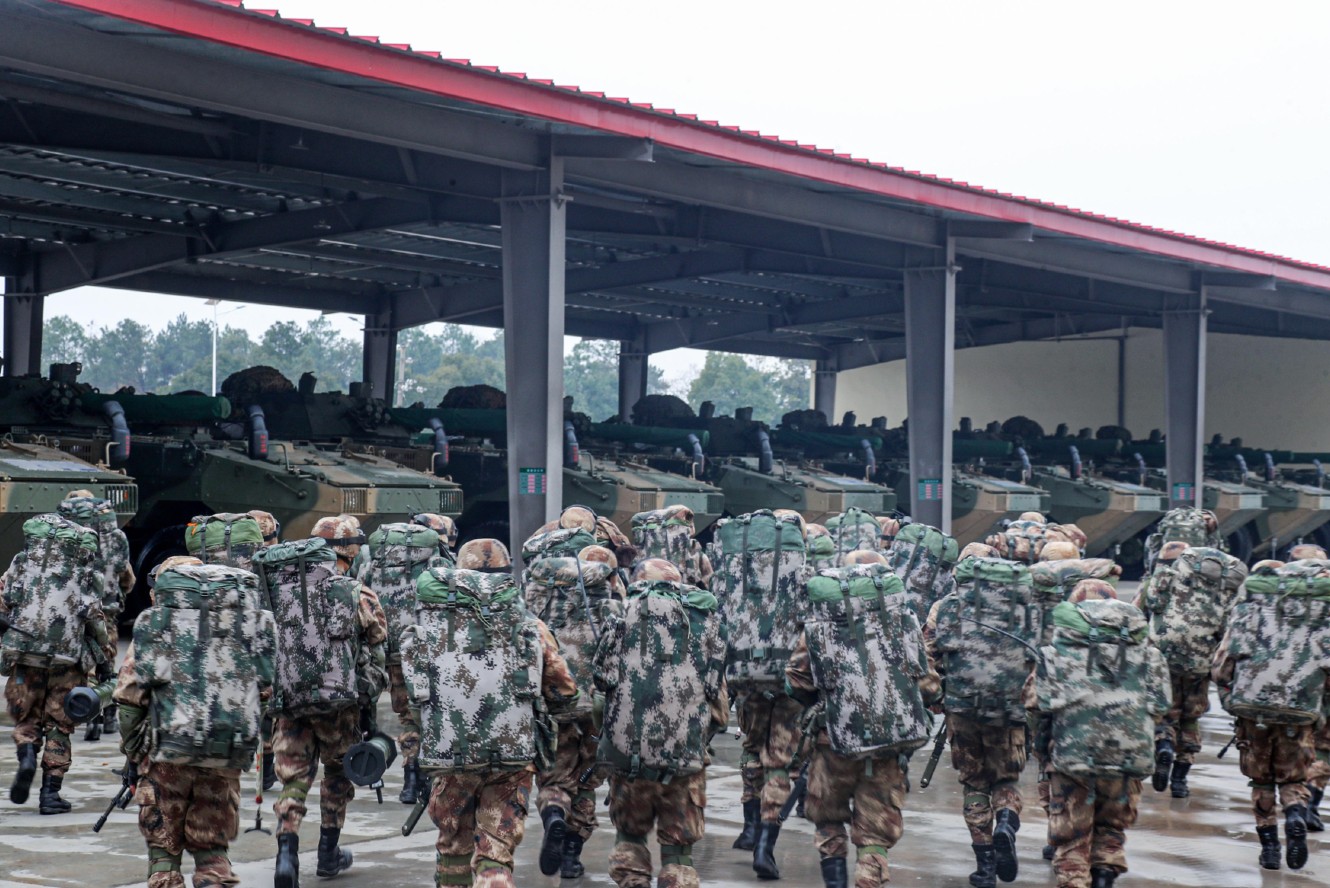



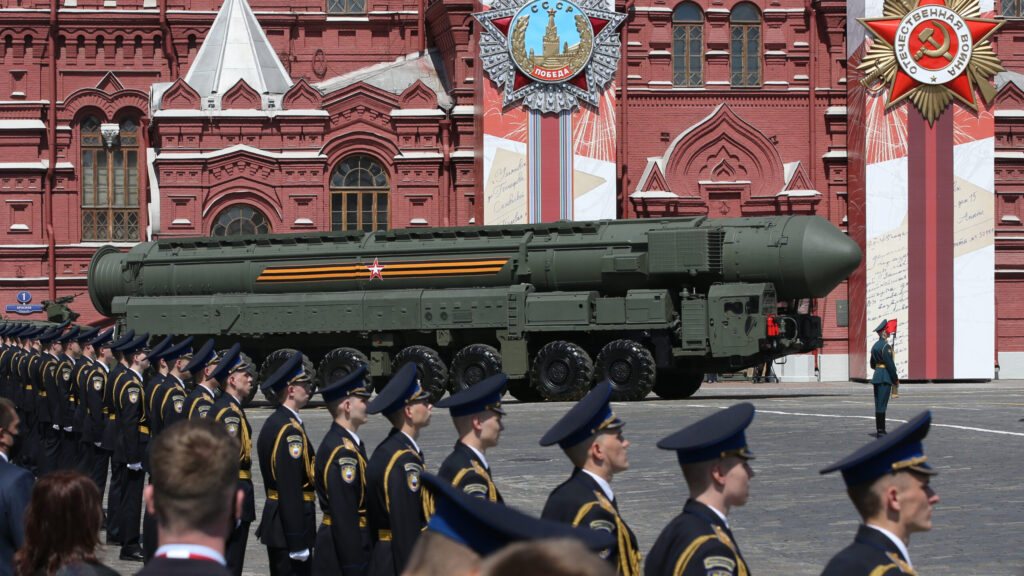
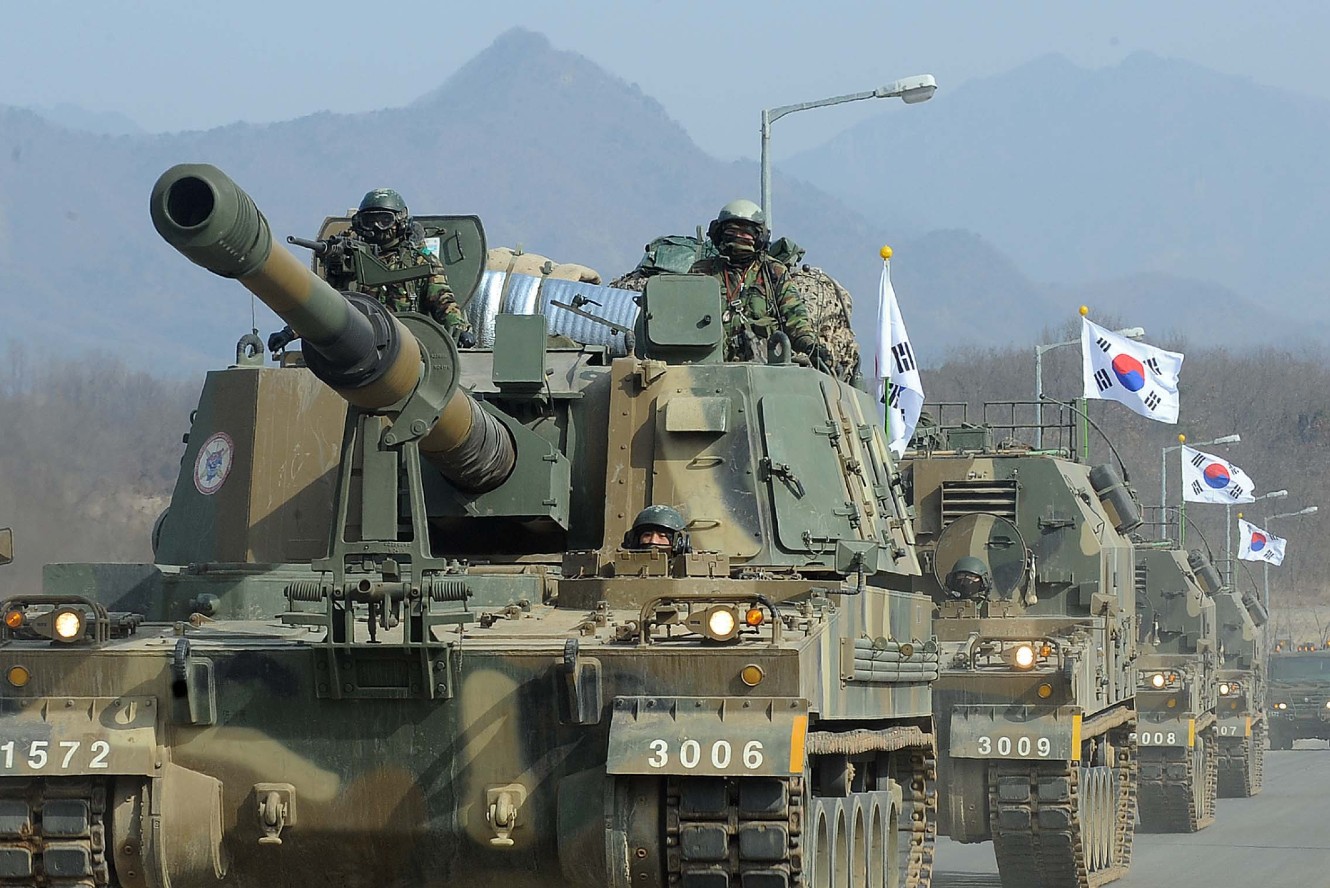

:quality(70)/cloudfront-us-east-1.images.arcpublishing.com/archetype/WJBKJCPQO5ESVNL2HH26FTQOXU.jpg)

